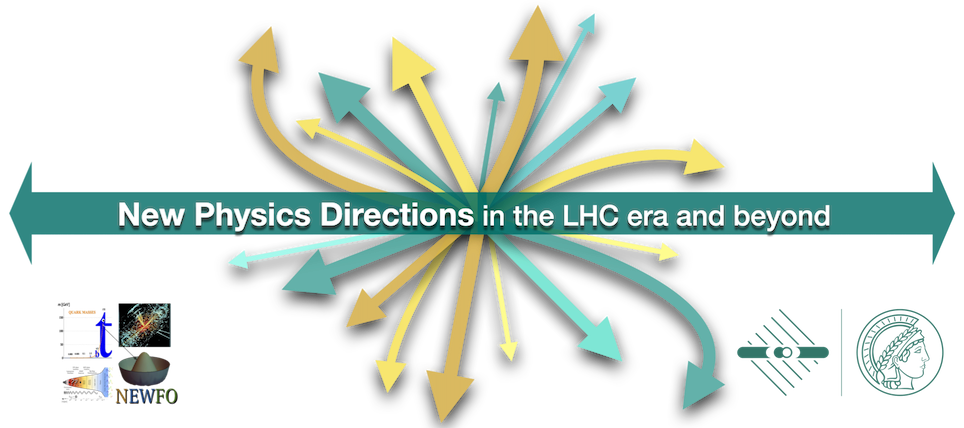Speaker
Description
We present a model which addresses two open questions of the Standard Model (SM): the origin of neutrino masses and the nature of dark matter. To achieve this, the SM is extended by two keV-mass right-handed neutrinos as well as a Froggatt-Nielsen-like mechanism, under which only the non-SM fields are charged.
The sterile neutrinos form a 2-component dark matter candidate. We assume the mass term of the new flavon-like scalar field $S$ to be negative, but a non-minimal coupling to curvature causes the effective mass to become tachyonic only in the recent universe, which triggers a late phase transition.
Throughout the early universe and before the phase transition, the left-handed neutrinos are massless. Then, the non-zero expectation value$\langle S \rangle$ leads to small effective neutrino Yukawa couplings and a seesaw mechanism becomes efficient which results in two active neutrinos getting masses, while the third remains massless. The phase transition proceeds slowly, and the changing $\langle S \rangle$ introduces a time dependence to neutrino masses and mixings with potentially interesting phenomenological consequences. Additionally, $S$ can potentially act as thawing quintessence therefore solving another puzzle of the SM.

